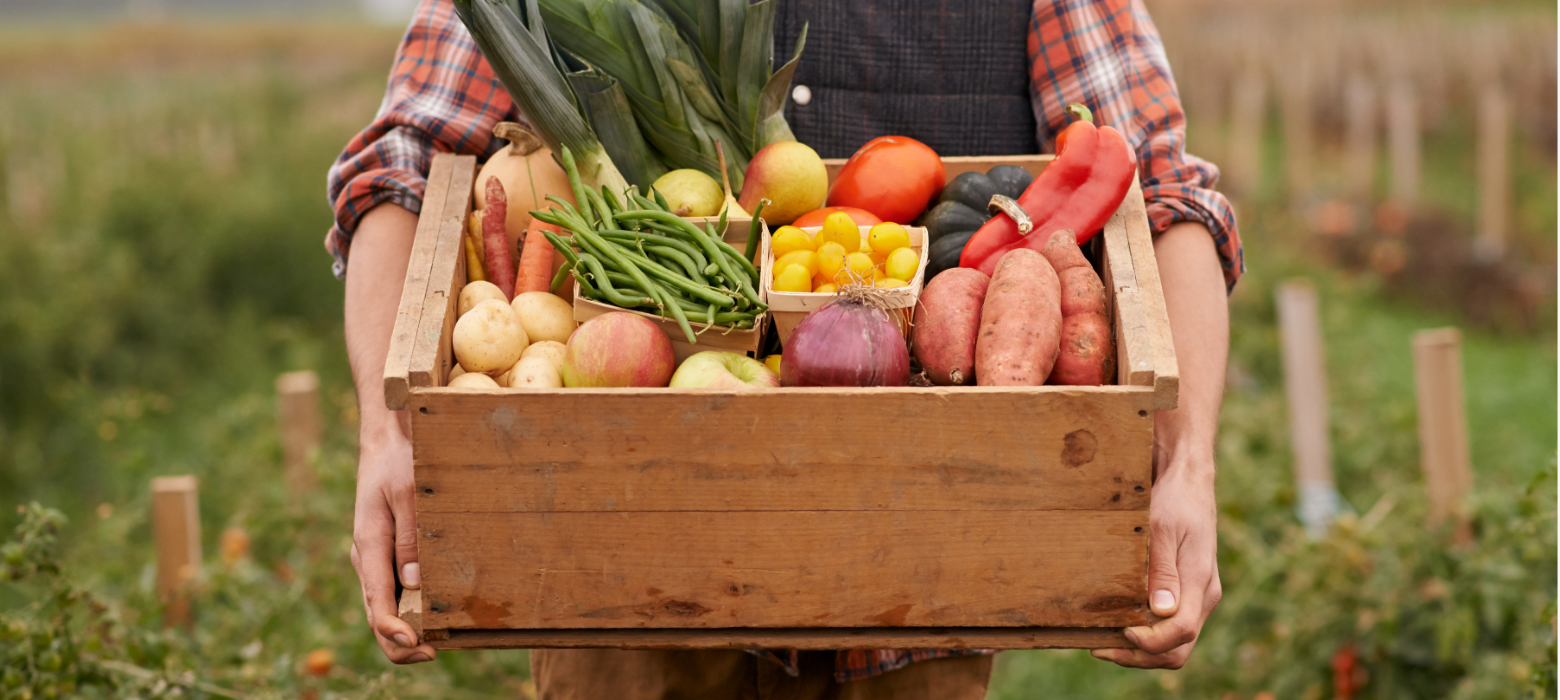
Most people don’t think about food waste, but it adds up. Understanding the magnitude of food waste is crucial to grasp its impact on climate change, society, and the underlying economy.
If food waste were a country… it would be the third largest greenhouse gas emission-producing country in the world.
According to the United Nations Food and Agriculture Organization (FAO), approximately one-third of all food produced globally for human consumption is wasted. That’s a staggering 1.3 billion tonnes every year.
This waste occurs at all stages of the food supply chain—from production, processing, and distribution to the end consumer.
Production and Distribution – The Invisible Loss
Food waste begins long before groceries reach our shopping carts. During production, fruits and vegetables deemed ‘ugly’ or not meeting size standards are often discarded. Additionally, during transport and storage, inadequate infrastructure leads to spoilage of perishable goods. These losses are especially poignant considering the resources such as water, land, and labor invested in producing food that never reaches our plates.
Consumer Behavior – The Visible Culprit
At the consumer level, our eyes often seem larger than our stomachs. We buy more food than needed, misinterpret expiration dates, and readily discard leftovers. Such behavior is not only a direct hit to our wallets but reverberates throughout the ecosystem. The evidence is clear: household and office food waste is a habit that exacerbates the problem of climate change.

Connecting Food Waste and Climate Change
Behind the simple act of tossing food lies a complex web of climate implications. Let’s unpack them:
Methane Emissions – Turning Waste into Warming
When organic matter like food decomposes anaerobically—without oxygen—in landfills, it emits methane, a greenhouse gas with over 25 times the heat-trapping capability of carbon dioxide. As uneaten food piles up in landfills, it forms a potent cocktail of emissions, stirring the pot of our warming planet.
Resource Squander – The Chain Reaction
When food goes to waste, so does the water, energy, and labor that went into producing it. It’s estimated that the water wasted in growing lost or wasted food could meet the domestic water needs of 9 billion people.
Deforestation and Biodiversity Loss
To meet the demands of global food supply, forests are cleared, threatening biodiversity, releasing stored carbon, and further contributing to climate change. The tragedy here is twofold: we risk the planet’s health for food that may never be consumed and lose precious ecosystems that could otherwise help combat atmospheric carbon.
The Emission Intensity of Food Production
Different foods carry different environmental weights. Meat and dairy, for instance, tend to have higher greenhouse gas emissions due to livestock rearing practices. When these high-impact foods are wasted, they represent an even larger slice of the climate change pie.

Moving Towards Solutions
Minimizing food waste can drastically alter our climate trajectory, and the solutions lie at every stage of the supply chain.
Innovations in Production and Infrastructure
Advancing technology in food production and improving transportation and storage infrastructure can salvage a considerable amount of food before it becomes waste. Initiatives like precision agriculture can optimize resource use, while investments in cold storage solutions can protect perishable goods.
Policy and Education – A Dual Approach
Governments can play a role by implementing policies that discourage wasteful practices, like incentivizing supermarkets to donate rather than discard unsold food. At the same time, public education campaigns can help consumers understand best before dates, proper food storage, and the environmental impact of their food choices.
Empowering Consumers – At Home & The Office
As consumers, we wield immense power. By planning meals, buying only what we need, embracing ‘ugly’ fruits and vegetables, and innovating with leftovers, we can curtail the amount of food we waste. Every saved morsel is a small victory for the planet.
In the office, it’s important to audit current practices throughout the entire cycle. That means looking into producers, shipping, handling, meal planning, foodservice containers, disposal, and donations. Something as simple as decreasing portion sizes can have a major impact.
Packing Up The Leftovers
Sometimes our eyes are bigger than our stomach. It happens, but it’s not an issue if we opt to pack up those leftovers. Nowadays, consumers can opt for compostable to-go containers, which allows them to take them home, eat what they can, and put the rest into the compost chain versus the landfill.
Community Composting and Biogas
Instead of sending food waste to landfills, community composting programs can turn it into nutrient-rich soil for local agricultural use. Alternatively, capturing methane from decomposing food to produce biogas provides renewable energy, showcasing waste as a potential resource rather than a pollutant.
The intersection of food waste and climate change offers both a stark warning and a glimmer of hope. The consequences of our current habits undeniably contribute to global warming, yet within this challenge lies the potential for impactful change.
Together, we can transform a tale of waste into a sustainable narrative for our planet—one bite at a time.
Related Articles
The Environmental and Economic Benefits of Tree-Free Paper Products
Tree-free paper products offer environmental and economic benefits to businesses that are seeking innovative solutions to reduce their ecological footprint.
How Private Label Can Differentiate and Elevate Your Distribution Business
By offering private label sustainability products companies can really stand out to their environmentally conscious consumers and business partners alike.
Celebrating International Plastic Bag Free Day: How Your Business Can Lead the Way
International Plastic Bag Free Day presents an opportunity for businesses to demonstrate their commitment to environmental sustainability and help reduce waste.
Streamline Your Inventory: Effective SKU Rationalization Strategies for Distributors who Service Clients with Paper and Plastics Disposables
With effective SKU rationalization, paper and plastics distributors can optimize their warehouse and significantly improve their overall operational efficiency.
Full Circle Solutions: How Commercial Composting Can Transform Your Business’s Waste Stream
As businesses prioritize sustainability, commercial composting emerges as a pivotal solution in transforming waste streams and advancing the circular economy.
Polylactic Acid Explained: A Sustainable Solution for Eco-Conscious Companies
Polylactic Acid offers a biodegradable alternative to traditional plastics, aligning with the increasing demand for environmentally friendly products.








